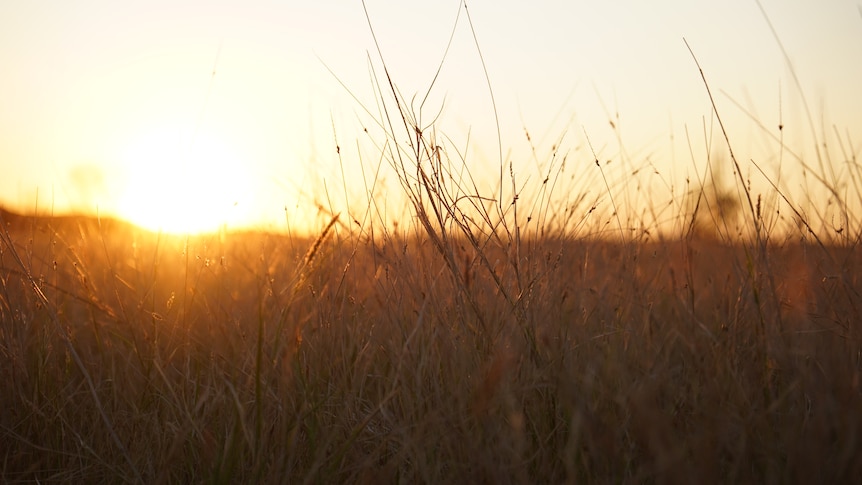Australia Weather News

Consecutive days in the mid-to-high 40s has become common during summer in WA's mining and pastoral regions. (ABC News: Charlie Mclean)
Residents in Western Australia's remote north west are expecting little relief from sweltering conditions with temperatures in the high 40s stretching into the weekend.
While hot weather is not unusual in January, the persistently high temperatures and lack of any cooler overnight change are beginning to test even long-time locals used to the mercury topping 40 degrees Celsius.
This week Gascoyne Junction, 940 kilometres north of Perth, came close to equalling a 65-year national record of three consecutive days above 49C.
Upper Gascoyne Shire president Jim Caunt said locals were pinning their hopes on decent rainfall to take the heat out of the atmosphere.
"If it doesn't rain we'll probably go in and out of this weather until the end of summer," Cr Caunt said.
Temperature records under threat
Bureau of Meteorology meteorologist Bob Tarr said it was unusual for such extreme temperatures to persist in areas like Gascoyne Junction for so long without reprieve.
"The 49s, you probably get a few of those a lot of summers and certainly these days you get more than there used to be," he said.
"But it's probably a bit unusual in terms of just how long that heat has lasted."
Temperatures above 50C have been recorded just seven times in Australian history.
Four of those have been in regional WA.
But Mr Tarr said it was unlikely those temperatures would be reached during the current heatwave warning period, which is in place until Saturday.
"I'd say it's not impossible but probably unlikely; we certainly do have a lot of heat around the place," he said.
Heat risk
The death of an interstate tourist at Mount Augustus, about 320km from Gascoyne Junction, last weekend has been a reminder of how dangerous heatwaves can be.
David Hammarquist, who manages Mount Augustus Station and Tourist Park, said anyone travelling through the region needed to know the risks.
"It's one of the harshest environments in Western Australia, if not Australia. It's equal to the Great Sandy Desert," he said.
"There's not much water around apart from windmills and the heat can get to 48C in the shade.
"If you break down in between one place or another, especially this time of the year, there aren't too many people travelling."
Tough work on the mines
In Newman, 700km to the north east, residents are on high alert for intense storms that often follow heatwaves.
"Probably about three times in the last three weeks there's been some pretty ferocious storms," mine worker Mark Brenmuhl said.
"I've driven to and from work and there's been trees down or you can see where the winds have blown through and knocked fences down."
Mr Brenmuhl said he was fortunate most of his work could be done inside a truck, but some working in the town's open-pit iron-ore mine had to face the heat directly.
"When you do get any sort of heat stroke … it is going to affect you the next day, you're going to feel absolutely rough," he said.
"And knowing you've got to do the whole thing again and again and again, it's going to play on your mind."
Temperatures in Newman are forecast to hit 45C on Friday and Saturday.
ABC